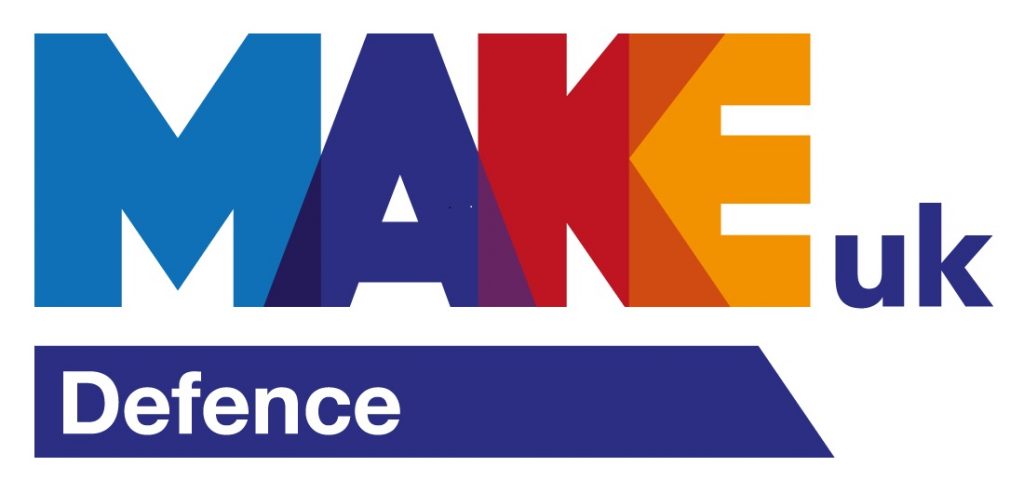Who would have thought it… actually running slower can help improve your speed, stamina and enjoyment of running?
Runners who spend 80% of their time running slowly and 20% of the time working on their speed, actually end up running quicker… rather than just focusing on speed and strength alone.
Athletes the world over, not just runners, have been working with this approach for several years now, setting new benchmarks as a result, and finding out what their real potential is.
But running slowly isn’t as easy as you might think. We’re hard wired on the 20%.. wanting to run faster, even if it’s uncomfortable. Even if you start out slowly, your pace starts to pick up. It takes a conscious effort and discipline to actually run slowly, and perhaps a belief (when everyone else is passing you) that you’re actually achieving anything.
Surely there’s more to be gained by running fast and more often? In part this is true. Your speed will increase, right up until you reach your threshold. No amount of speed work will take you beyond that. It’s going to take something different to find out what your real potential is.
80/20. There’s a potent mix of science, physiology and psychology playing out here.
And it’s not that different to how we approach business, or more accurately… how we run our businesses.
There’s a point beyond which social media posts, email newsletters, SEO, direct mail, new sales people, more sales phone calls, special offers, new websites (and whatever else we do) can’t take us.
Falling sales? Let’s run more campaigns. Declining margins? Let’s retrain our staff. Falling behind on CSR? Produce a policy document and email to customers.
Doing more, and sometimes even doing anything, doesn’t always link to increased returns (or even any return), especially when you don’t really know where your business is going, or who you are really targeting.
If you’re in panic mode, or feeling a bit lost, the last thing your mind wants to do is sit and think about your future direction. It wants to act.
Now there are always improvements to be made. We can split test marketing campaigns, analyse website traffic and drop out rates, tweak a PPC campaign, analyse our client retention ratios, focus our sales strategy…. and we can certainly raise our results threshold.
Indeed this is one of our favourite ways to help clients. Analysing the situation, diagnosing the problem, and working with teams to implement solutions. Even after 20 years of doing it, the Dopamine fix is still there when the results improve.
But, don’t be fooled by improved results. Someone somewhere is achieving more than you, but focusing on the 80/20.
So, could your business be performing even better?
After working in almost every sector imaginable, with hundreds of Sales Directors, Marketing Directors and CEOs, our answer would almost always be YES.
But what’s involved in delivering this extra performance?
Our first step is always to ask ‘what’s your vision?’ ‘ Where do you want the company to go?’
The root of many problems, and the start of success stem from this point.
From here we can co-create the building blocks needed to deliver this vision. Pretty soon, we will start to run that bit faster.
This is definitely where the 80% comes in. What gap are we trying to fill, what’s our edge, what are the real opportunities out there, what team do we need to fulfil it?
The results? The business (and team) reach a new threshold that they didn’t know was possible.
Putting this plan into action, and seeing the energy levels across the business rise, is the most satisfying thing that we do.
On a practical level we see more smiles… on more faces. We see improved productivity, margins, and opportunities from current and new customers, and increased curiosity for what’s around the corner.
So what do we look for when visiting a business? Just how do we know when there might be a problem?
Whilst this isn’t an exhaustive list, it’s pretty much our top 8 things to look for:
10%) Does the company have a clear vision for the future? How much time do the leaders actually spend… leading?
20%) Did their team play a role in creating this vision, and do they understand how their role contributes towards it?
30%) Does the company have a balanced set of performance measures, beyond just finance. What about client satisfaction, marketing performance, retention, employee training, competitor benchmarking etc?
40%) Are these KPIs reviewed regularly, and are the team empowered to do something about it? Do they own them?
50%) How often does the business take time to review their strategy, and are the right people around the table?
60%) When we discuss strategy, what new ideas, research and insights are brought to the table, and by whom? How well do you really know your market?
70%) Can we have a conversation with anyone in the business, and get a real sense of what the business actually does? Do they smile?
80%) Does the business have a clear development plan that supports the current team, so they can reach their potential? Are they open to recruiting talent where they need it, or are they promoting people beyond their ability?
To many the above list might sound basic, but you might be surprised how often these occur as issues… right across the UK, through every type and size of business.
However, if you’re one of the many companies that might not be focused on this 80% as much as you could, you will certainly find a new threshold awaits your business when you do.
Less is almost always more.






